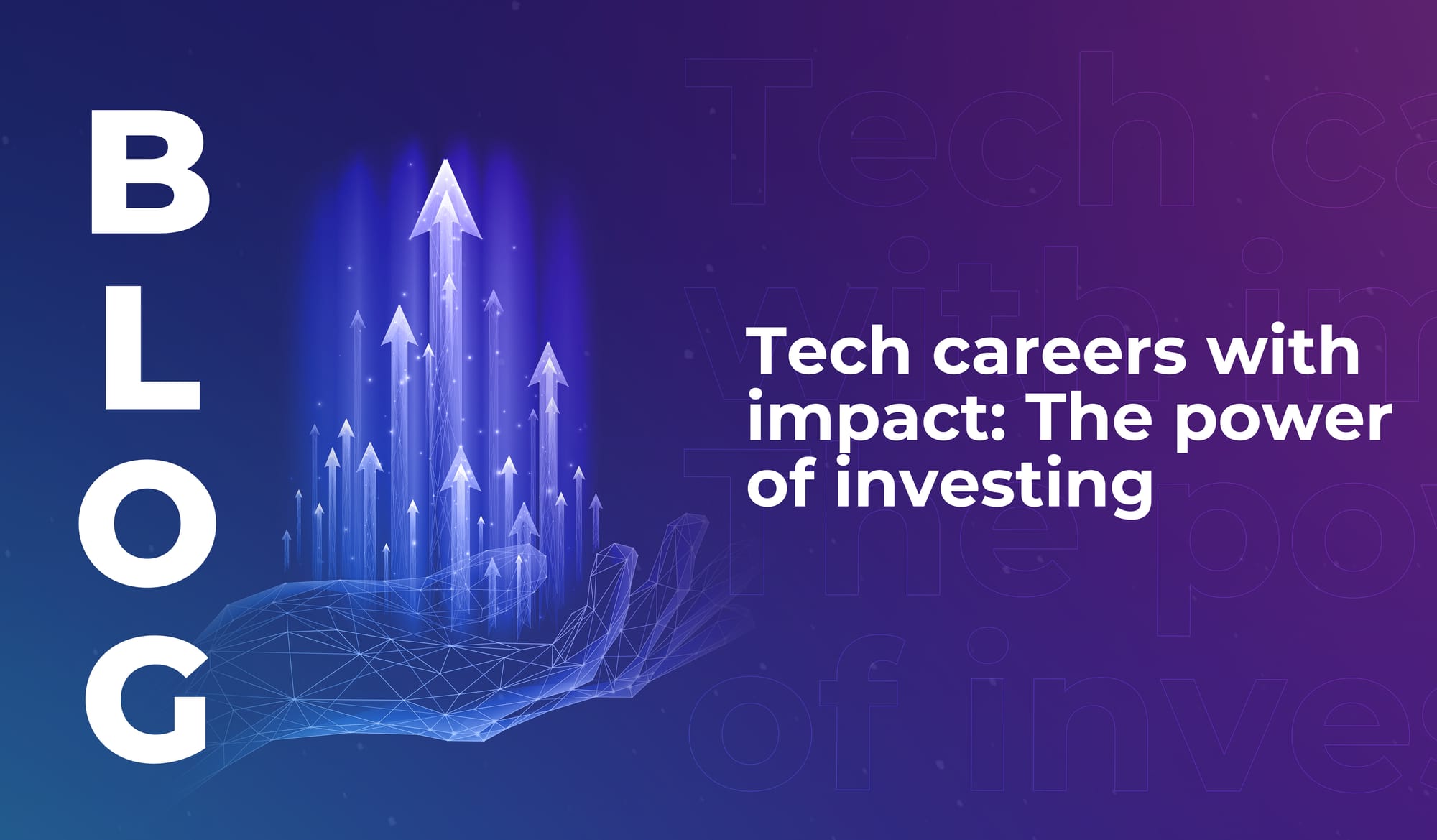
Why sustainability is the heart of the smart city revolution
The smart cities of the future will use tech to lower emissions, cut urban temperatures, and improve quality of life in highly populated areas.


“Technology makes it possible, for the first time in history, for companies to be more profitable through becoming more sustainable. For countries to thrive through the same technologies that will decarbonise our planet.”
This was how Will Thompson (Chief Strategy Officer at Forbes Ignite) opened a panel discussion at #LEAP22, on the intersection of technology and sustainability. He was joined by Luc Remont (Executive Vice President, International Operations, and member of the Executive Committee, Schneider Electric), Abdulla Alkanhl (Chief Corporate Affairs Officer, stc) and Naif Shesha (Assistant Deputy Governor for Strategy Development at CITC) – and by the end of the conversation, we were all feeling pretty hopeful about the future of our planet.
One of the big reasons for our hopefulness is that the technologies and processes we need already exist – as a tech-enabled species, we’re already capable of cycling back on some of the damage we’ve done. Not just because of out-of-the-box inventions, but because of a more humble kind of tech process that we’re all doing every day now: using digital tools to measure things.
According to Remont, the first objective for a company’s sustainability efforts is “trying to avoid spreading energy when it’s not needed.” And to do that, you need to know where and how energy is being consumed; “When you start to measure,” he added, “you then control what you are spending.”
And this is where digital tech comes in. It’s not just allowing us to work from home and communicate with our families from a distance – digitisation has also accelerated our ability to gather data, analyse it, and gain a bigger picture view of energy expenditure. This is true at a personal or household level, and a company level, and a government level – even at a global level.
Today, through IoT devices and digital data capture, we can do things like…
From the supplier side, allowing consumers to efficiently report any power outages means that downtime can be reduced, and problems can be fixed quickly. Several smart grid case studies produced by the European Commission have found that the cost-benefit is high – in terms of saving energy, saving money, and improving the overall CX of energy providers.
In short, being able to measure energy data and then lay it out in a clear way (for consumers, businesses, government bodies and energy suppliers) allows us to take control of our usage. If we don’t know what’s happening, we can’t change it. If we do know, then the power is (figuratively and literally) in our hands.
Measuring energy use doesn’t just enable short-term change. It also increases overall motivation to get things done – because it shows that change is actually possible. For Alkanhl, “the sustainability contribution in ICT in particular is something that can be achieved by way of partnerships. Because in this specific area it’s about…how do we measure our journey? How do we set the right targets, and how do we incentivise it?”
The way we use measurements is profoundly important right now. Because, as Thompson pointed out, “We have to get something done this decade. Not just because we have to cut emissions globally 50% by 2030, but because there’s a series of technological cost curves converging…we have a huge number of new types of technology that are coming together to enable a new and prosperous future.”
Now is the time to use the knowledge we have access to. This is the time to act.
We know we’re preaching to the choir here; our LEAP audience is already ahead of the curve when it comes to appreciating data. But every now and then, we like to stop and acknowledge the incredible power of one of the core things that today’s tech companies do – collecting, analysing, and acting on information.
Let’s keep getting excited about the new innovations and real-life sci-fi tech we see emerging into the world. But let’s also remember to appreciate the building blocks of all world-changing tech: the ability to distil experiences into accurate digital data.

The smart cities of the future will use tech to lower emissions, cut urban temperatures, and improve quality of life in highly populated areas.

Discover the cities that rank highly for smart city preparedness, and learn why locally relevant innovation is more important than cutting-edge tech.

If you’ve ever thought about becoming a tech investor, read this – learn why investors are the quiet force shaping the future of the industry.

The smart cities of the future will use tech to lower emissions, cut urban temperatures, and improve quality of life in highly populated areas.

Discover the cities that rank highly for smart city preparedness, and learn why locally relevant innovation is more important than cutting-edge tech.

If you’ve ever thought about becoming a tech investor, read this – learn why investors are the quiet force shaping the future of the industry.